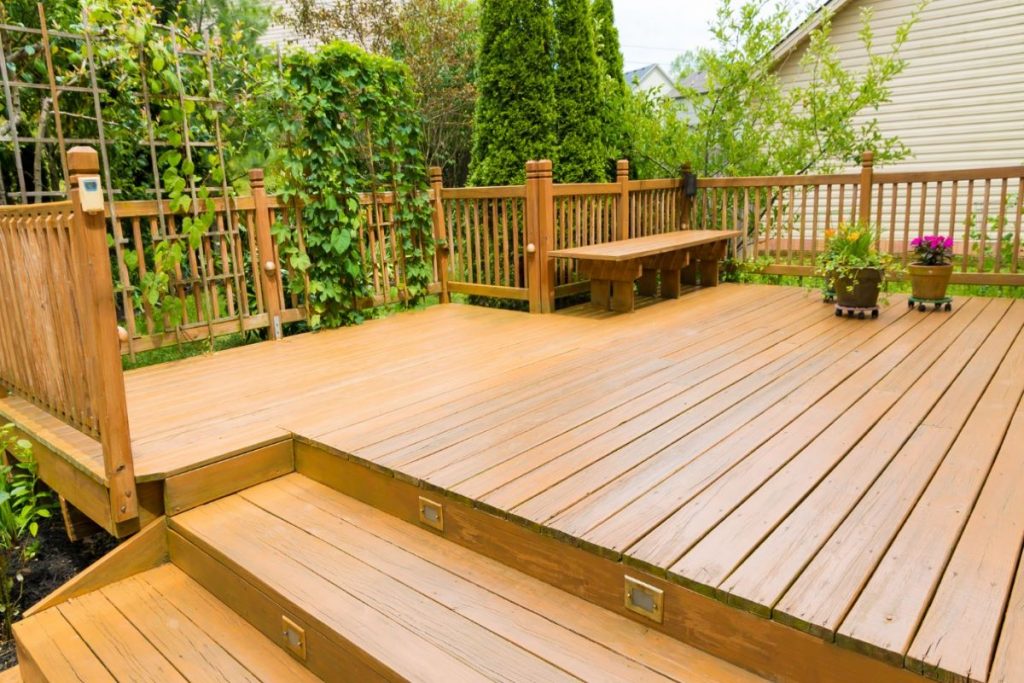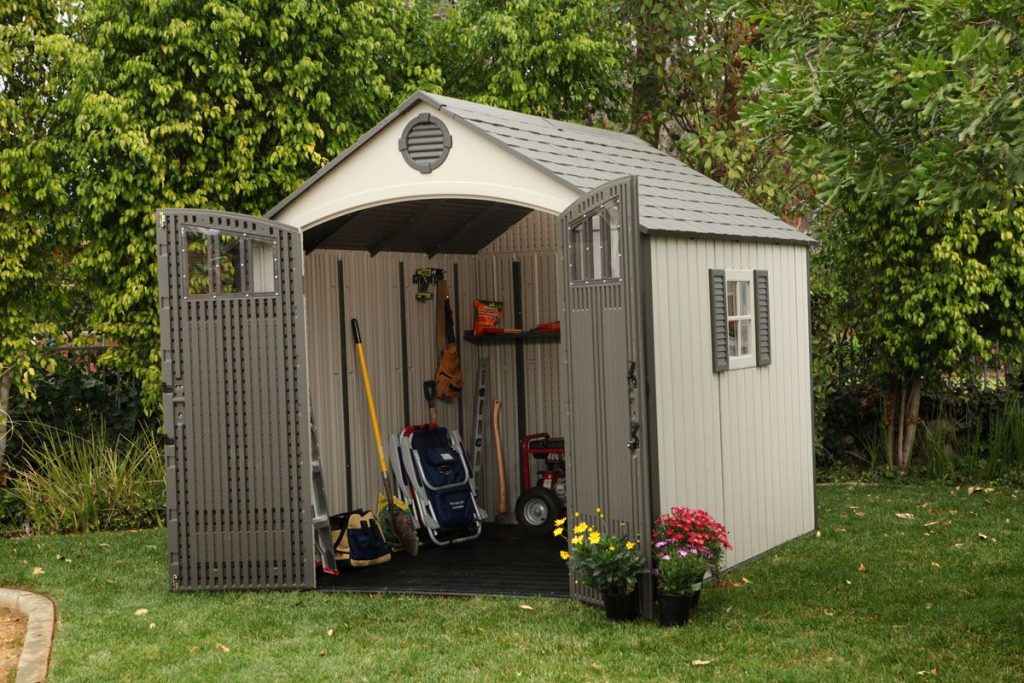Table of Contents
There’s a wide variance in the lifespan of decks because there are so many variables in build, materials, and external factors like weather. Most builders will tell you that a deck lasts on average about 15-25 years. That’s a big window. How long it will stand will depend on the quality of wood used, what kind of climate you’re in, and how well it’s constructed. Decks represent a fairly large investment of time and money by homeowners. Obviously, you want to get the most out of your investment by making sure it will last as many years as possible. You also want to know that friends and family that use the deck will be safe. Moisture is one of the top causes of deck decay. Everything possible should be done to keep moisture out of deck wood to slow the effects of time. There are simple things that can be done to extend a deck’s lifespan so it can be enjoyed for decades.
1. Posts Should Be Above Ground
Some decks install posts underneath the soil. Builders and homeowners sometimes prefer the look of posts going into the dirt. However, when the wooden posts are in contact with soil, they draw in moisture from rain that can speed the wood’s decay. That’s fine if you are comfortable replacing your deck sooner than it needs to be. Replacing posts can be complex depending on the size and weight of the deck. If you want to avoid moisture damage, install the posts on post bases. Bases are made out of moisture-resistant material like concrete, metal or plastic that go in the ground. The posts are then attached to the bases to provide enough stability for the deck. To prevent moisture from traveling from the bases into the posts, a water repellant coating can be brushed onto the post ends.
2. Apply Sealing on Joists
Most modern decks are stained and have chemicals applied to them to fight off water damage. However, one area that’s frequently overlooked is the joists. Unsealed joists allow water to seep in through screw holes. Over time, the water will break down the lumber that’s been treated. Common deck protector sealants applied onto joists will avoid the spread of moisture into treated wood. It will save you from having to deal with water damage that you thought you had already done preventative maintenance on. Unfortunately, missing treatment of joists can lead to rot and splitting within 8-10 years. That’s well short of a deck’s expected lifespan.
As an added measure of joist protection, beam flashing tape can be placed on joists and beams to fight off moisture. There are two main choices when choosing high-quality beam tape, asphalt-based and butyl. Butyl is the stickier of the two and is effective in a wider range of temperatures. Asphalt-based tape costs less, so you can use more of it, but it doesn’t hold up as well over time.
3. Annual Spring Cleaning
Too many homeowners build decks with high expectations, only to leave them in disarray after a few years. Neglecting regular deck upkeep is a surefire way to hasten its decline. Spring cleaning needs to be done every year to extend its lifespan. This is particularly important in harsher climates that deal with snow. Once the weather allows, decks should be cleaned and washed to get rid of dirt and debris. The most effective way of doing this is with a good pressure washer. It will make sure any dirt buildup is broken up and washed away. This will help fight off any mildew growth in the wood.
Inspect your deck for any mildew, rotting wood, loose crews or nails, and any other deterioration. Be sure to tighten any loose nails or screws to keep the structural integrity intact. Adding a new stain and seal on the deck will help prep it for the coming year. It’s always a good idea to get a water repellant seal. Just make sure you follow the instructions on how hot or cool it needs to be outside for the stain to hold. Most stains need the temperature to be between 60- and 80-degrees Fahrenheit. Also, don’t apply the stain if you think it’s going to rain within 24 hours of application.
4. Repair Split Wood as They Happen
Some deck owners will eventually discover that wood in a beam or guardrail has started to split. They don’t fix it but declare that area of the deck a no-go zone for friends and kids. It’s not a smart move because split wood on a deck can be a safety hazard and damage the overall structure if it causes other beams to shift. Replacing split wood as soon as it happens will keep your deck safe and looking great. If you’re not comfortable doing it yourself, the deck’s manufacturer or a capable deck maintenance company can get the job done.
5. Manufactured Decks Always an Option
We understand the allure of wooden decks. Their natural look is fantastic and adds to the feel of a home, particularly when backed up against forest or a nice lawn. However, it’s just a fact of life and wood rots and decays faster than manufactured materials. Decks made from composite are built from around 95 percent recycled materials. It’s extremely durable and resists fading and scratching more effectively than wood. PVC decks are so durable that companies often build them with a 30-year warranty. The surface isn’t porous, so water can’t penetrate inside. Manufactured decks don’t mean that no maintenance is required, but they do take less work than wooden ones. They might not look as natural as wooden decks, but developments in manufactured decks are making them better than ever. They are colored and molded to mimic wooden decks pretty closely. From a distance, you likely won’t even be able to tell the difference. If you want all the benefits of a deck but know that you’ll likely not be keeping up with regular maintenance, then manufactured is probably for you.








